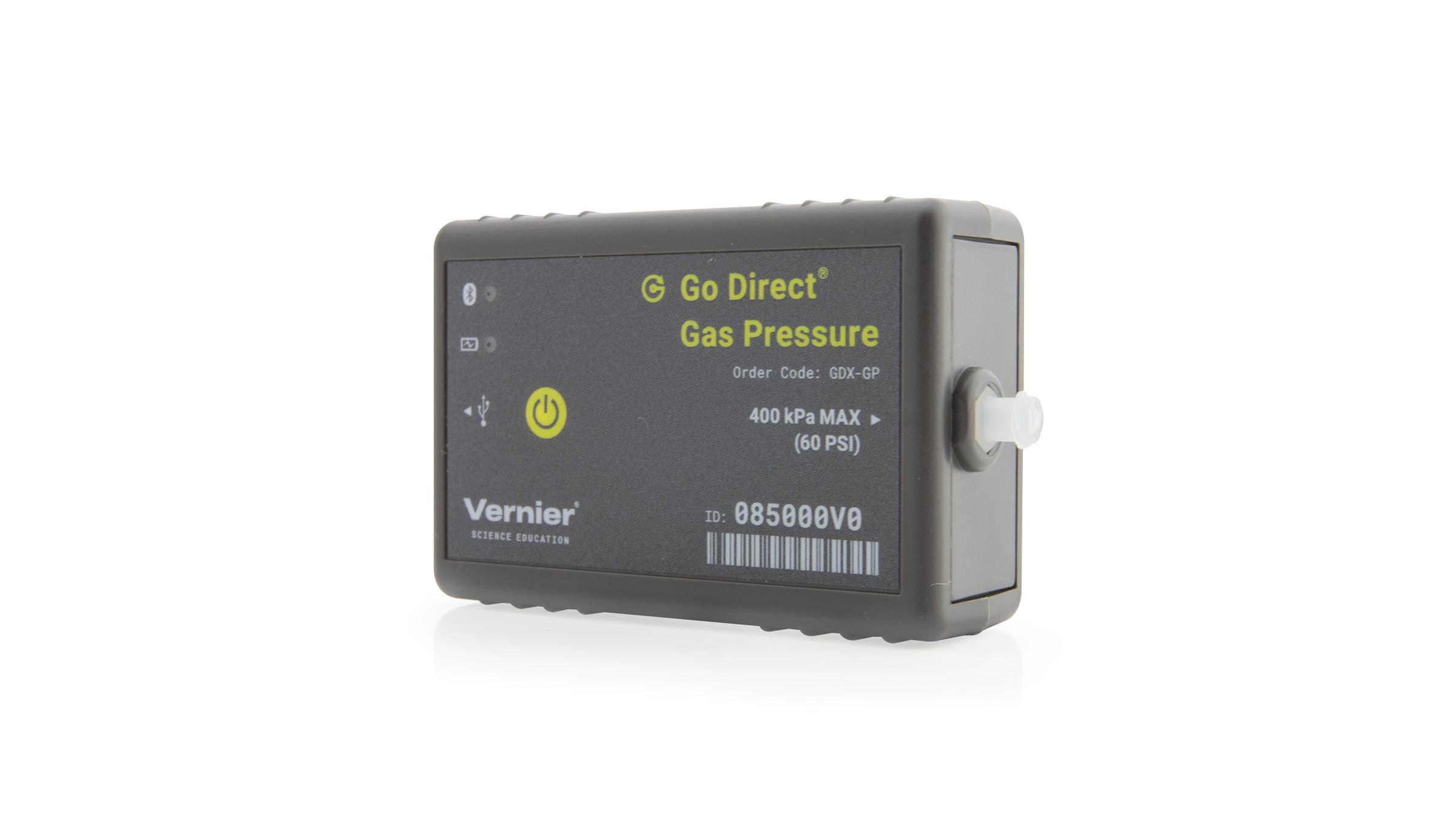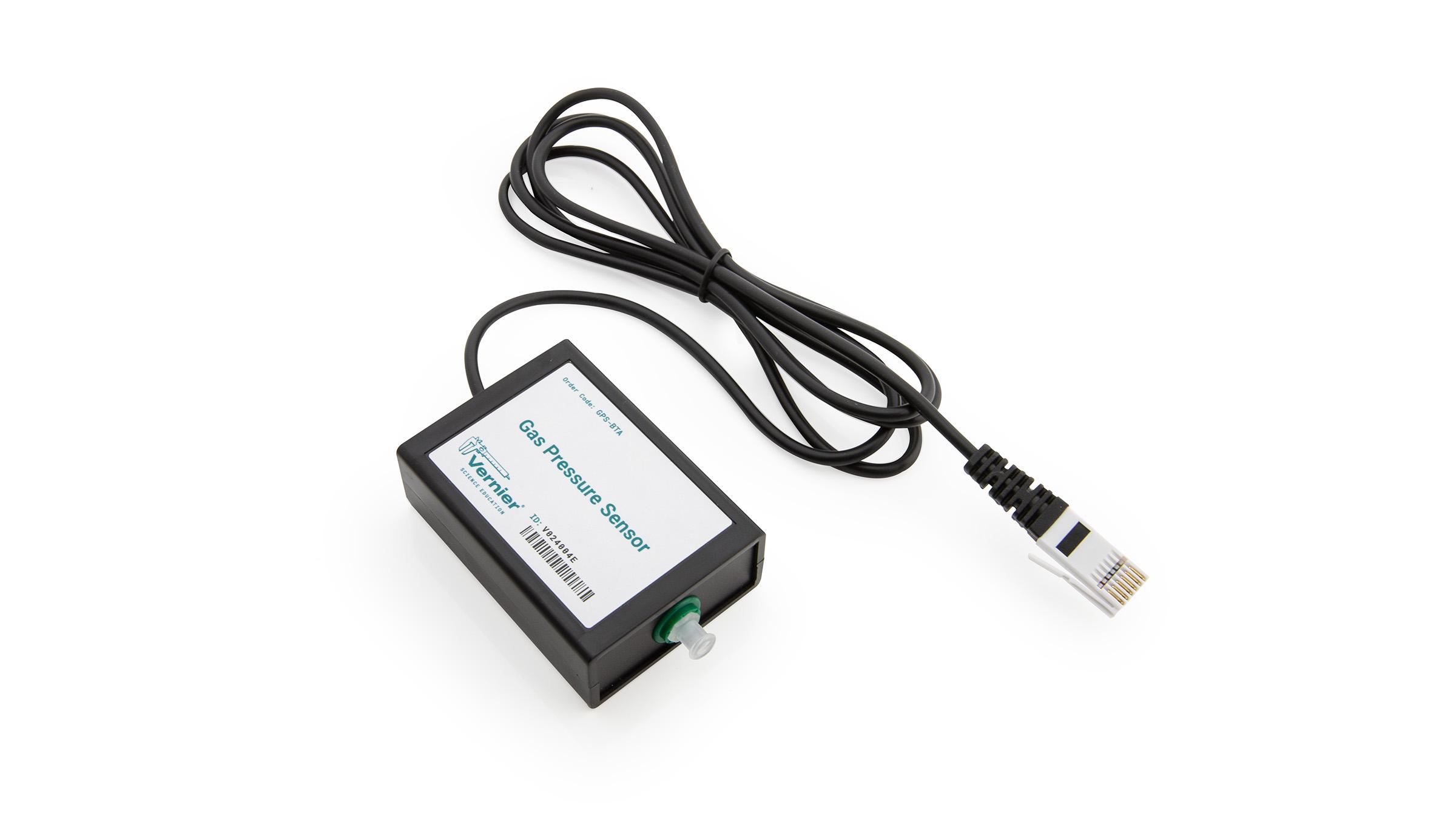
Introduction
In order to survive, all organisms need to move molecules in and out of their cells. Molecules such as gases (e.g., O2, CO2), water, food, and wastes pass across the cell membrane. There are two ways that the molecules move through the membrane: passive transport and active transport. While active transport requires the cell to use chemical energy to move substances across the cell membrane, passive transport does not require such energy expenditures.
Diffusion is the movement of molecules by passive transport from a region in which they are highly concentrated to a region in which they are less concentrated. Diffusion continues until the molecules are randomly distributed throughout the system. Osmosis, the movement of water across a membrane, is a special case of diffusion. Water molecules either move across the membrane directly, or by means of small transmembrane proteins called aquaporins. Other molecules, such as proteins, DNA, RNA, and sugars are too large to diffuse through the cell membrane. The membrane is said to be semipermeable, since it allows some molecules to diffuse through but not others.
If the concentration of water on one side of the membrane is different than on the other side, water will move through the membrane seeking to equalize the concentration of water on both sides. When water concentration outside a cell is greater than inside, the water moves into the cell faster than it leaves and the cell swells. The cell membrane acts somewhat like a balloon. If too much water enters the cell, the cell can burst, killing the cell. Cells usually have some mechanism for preventing too much water from entering, such as pumping excess water out of the cell or making a tough outer coat that will not rupture. When the concentration of water inside of a cell is greater than outside, water moves out of the cell faster than it enters, and the cell shrinks. If a cell becomes too dehydrated, it may not be able to survive. Under ideal conditions, the water concentration outside is nearly identical to that inside.
Objectives
In the Preliminary Activity, you will use a Gas Pressure Sensor to measure the rate of pressure change as water moves into or out of the cell (dialysis tube filled with sucrose solution). The pressure generated is called osmotic pressure and is in response to the overall movement of molecules, both water and sucrose, inside the dialysis cell.
After completing the Preliminary Activity, you will first use reference sources to find out more about osmosis and osmotic pressure before you choose and investigate a researchable question dealing with osmosis and osmotic pressure. Some topics to consider in your reference search are:
- osmosis
- diffusion
- active and passive transport
- semipermeable membrane
- monosaccharide/disaccaride
- hypotonic/hypertonic
Sensors and Equipment
This experiment features the following sensors and equipment. Additional equipment may be required.
Option 1

Option 2

Correlations
Teaching to an educational standard? This experiment supports the standards below.
- International Baccalaureate (IB) 2025/Biology
- B2.1.5—Movement of water molecules across membranes by osmosis and the role of aquaporins
- D2.3.3—Water movement by osmosis into or out of cells
Ready to Experiment?
Ask an Expert
Get answers to your questions about how to teach this experiment with our support team.
- Call toll-free: 888-837-6437
- Chat with Us
- Email support@vernier.com
Purchase the Lab Book
This experiment is #3 of Investigating Biology through Inquiry. The experiment in the book includes student instructions as well as instructor information for set up, helpful hints, and sample graphs and data.

